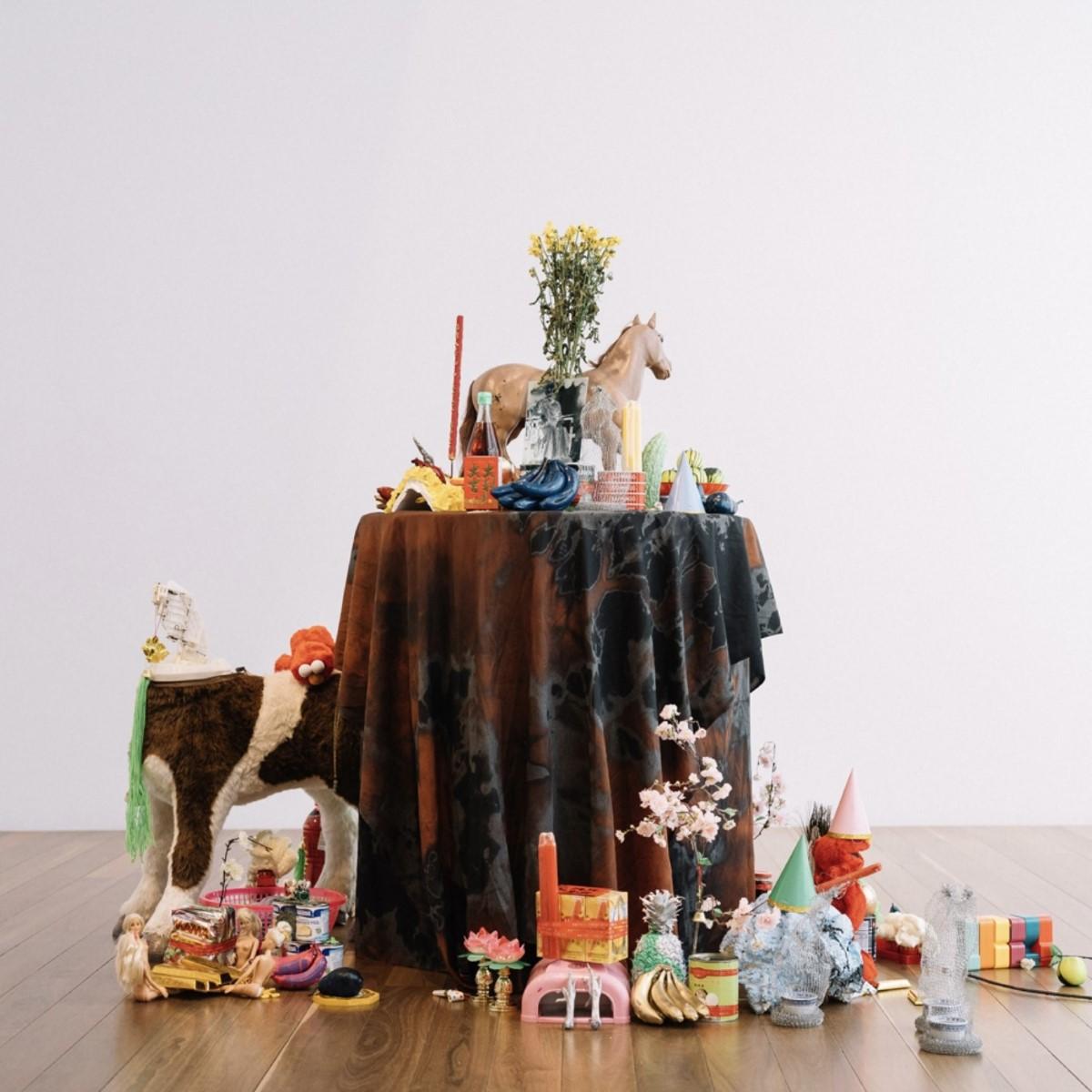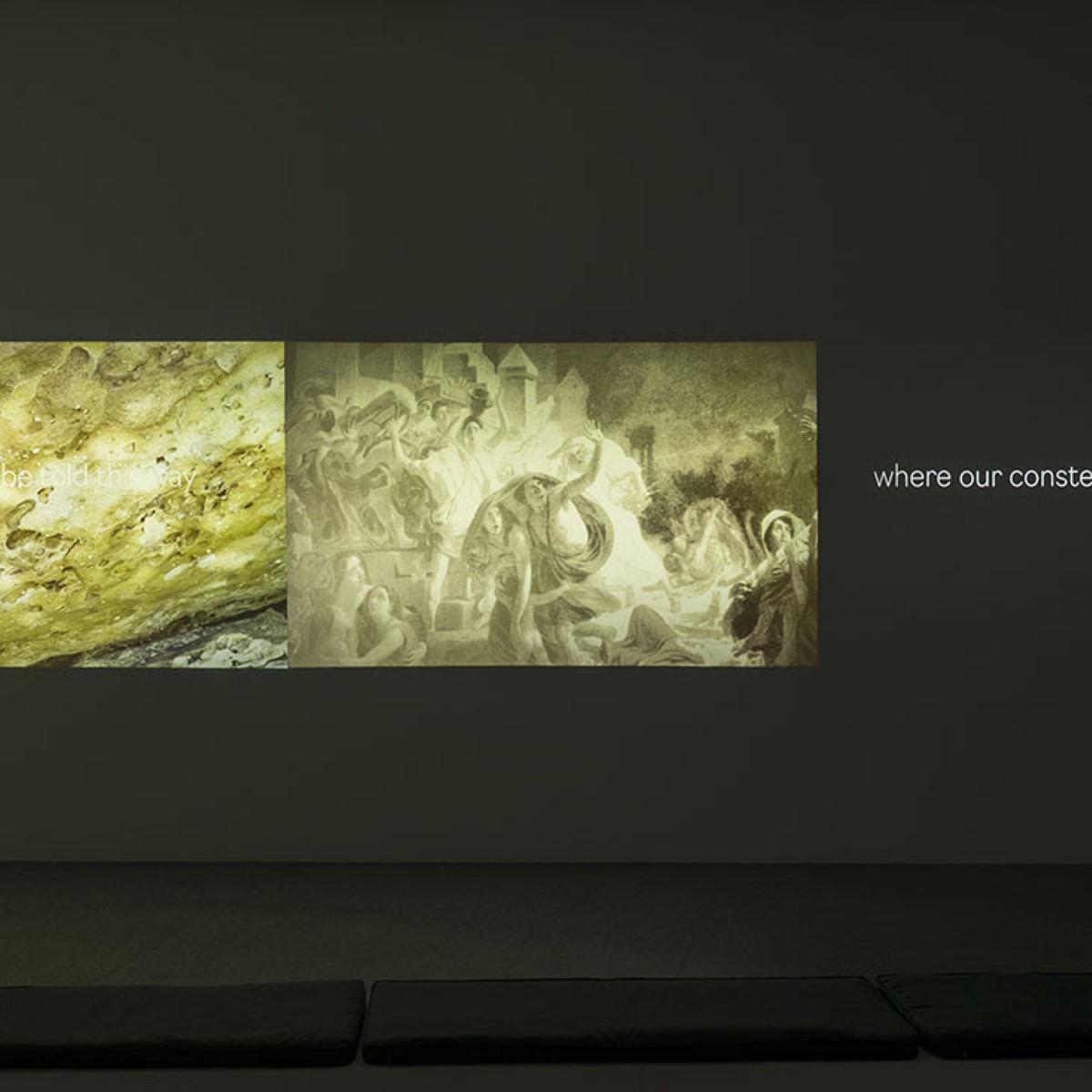Agenda: Fare is Fair
When an artwork is sold what’s the revenue split between the gallery and the artist, and is it fair?
Words: Ingrid Periz
What’s a fair split between galleries and artists? The relevant passage from the National Association for the Visual Arts’ (NAVA’s) September 2022 federally-approved (revised) Code of Practice states: “Commission for full gallery representation on sales negotiated by the gallery generally varies between 40% and 50%, exclusive of GST, but may be lower or higher depending on individual circumstances.” Is 50/50 now the Australian standard and what’s involved in this breakdown? And are there really galleries, as rumour has it, working with a 70/30 (70 to the gallery) split? I put these questions to a number of artists and gallerists; only a few would speak on the record.
Melbourne gallery director Anna Schwartz was happy to answer questions. “I think it’s pretty standard now that the split is 50/50. When I first got involved in representing artists in 1982, the standard gallery commission was 33%, or 1/3 across the board. As Australian galleries and artists had more interaction with other countries, as the level of professionalism increased, so too did the 50/50 split, which was standard elsewhere. Representation is a partnership, the terms of which are dictated by the requirements of both parties. There has to be transparency, a conversation. Given the presupposed quality and services a gallery provides and not to ignore all the costs… I think 50 percent is equitable.” She acknowledged that in specific circumstances, according to the demands of an artist’s particular project for instance, this might be changed, adding, “I don’t think taking more than the artist is reasonable.”
Some artists find a 50/50 split too much. “It really hurts. It’s nice to have shows but you always feel you’re losing out,” one told me. Another, currently working with a 50/50 arrangement, commented on the prospect of a 70/30 cut, “Yikes… there’d be no point in having the relationship.” And for some, it’s less a question of the split, than the terms of the relationship. The exclusivity demanded by some Australian dealers is in sharp contrast to the European situation where dealers understand that a show in Portugal could serve as publicity for an artist who would subsequently exhibit in Germany.
Two Melbourne painters with long established careers both work with a 40/60 split, which they consider fair. They understand the range of costs borne by galleries, noting that sales are very much dependent on the popularity and interest in the artist’s work, factors over which a gallery ultimately has limited control. Discounted sales, in their experience, still net their respective galleries 40%. They pointed out that their typical outlay for a solo exhibition ranges between $15,000 – $20,000. Given these upfront costs, which represent investment on the artist’s part with no guarantee of sales, they told me they could imagine a justifiable 70/30 split if the gallery paid production costs and guaranteed sales.
When I mentioned the rumoured 70/30 split to Josh Milani, director of Brisbane’s Milani Gallery, he was flabbergasted. “That’s obscene. I personally charge 40% or less and I am doing fine. Any gallery charging more than 50% ought to be publishing catalogues, getting the artist into big institutional shows and collections, into the major Biennales and the like. I’m happy with the old fashioned 40/60.” Milani added that the gallery often wore the cost of discounted sales, “particularly if the artist is doing it tough.”
Some dealers stress relationships over percentages. One Melbourne gallerist acknowledged that while the 50/50 split is common, in Australia perhaps 40/60 is more prevalent. Of the rumoured 70/30 split he recalled hearing of even higher splits in blue-chip multinational galleries and of reversed situations, where an extremely successful artist could bargain for more than 80%.
“But,” he said, “what is fair? Some artists need lots of attention; other artists need less. I think fairness is equally a conversation about what the work needs to be visible and viable, so it could easily be varied with each working relationship. Fairness when talking about a career-long relationship is based upon mutual respect and strategy for both gallery and artist, whatever the business relationship may be.”
Michael Eather, director of Brisbane’s Fireworks Gallery, echoed this. “When I began in 1987 the norm was one third (gallery) two thirds (artist). Later it drifted to 60/40 favouring the artist and this still seemed fair, especially if the work was selling regularly. Over time I became aware that a lot of galleries, whilst beginning with 60/40, negotiated their commissions on a case by case basis. Fundamentally, the artist/dealer relationship should be akin to a joint venture where both parties are working for each other. There is a good case to split all costs and profits. This would include discounts.”
Eather is also a practicing artist and can see both sides of the split. In addition to establishing responsibility for the costs of mounting exhibitions, he advises artists that “the conversation about commission should be negotiated early and if the gallery wants more than 40% they should substantiate why.” After thirty years as an artist and a dealer he says, “There are always fat and lean times for artists as well as businesses. The best relationships that have endured over time are those where there has been an integral sense of fair-mindedness.”
Image courtesy of JP Valery.
This article was originally published in Art Collector issue 104, April to June 2023.







